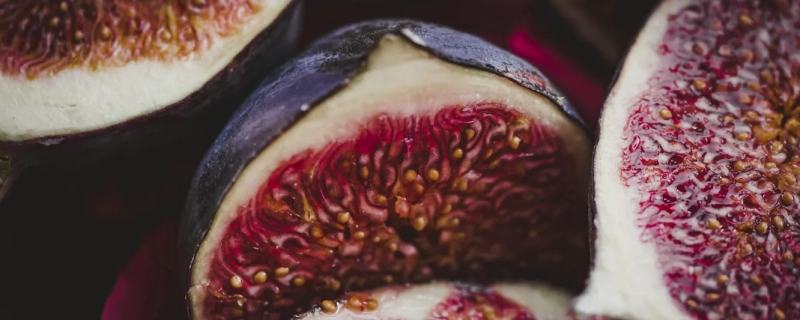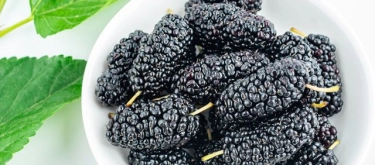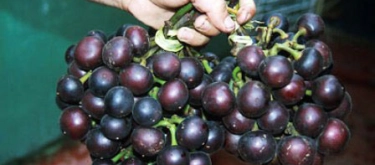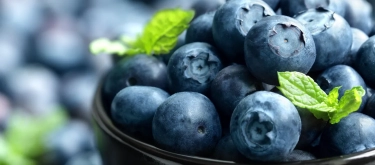Fig: Taste Profile, Aroma, Benefits and Health Risks
Figs, native to the Mediterranean and Western Asia, are unique fruits known for their sweet, honey-like flavor and soft, chewy texture. Often enjoyed fresh, dried, or cooked, figs bring a delicate sweetness and subtle earthiness to both sweet and savory dishes. Figs have a long history in culinary and cultural traditions, prized for their flavor, versatility, and nutritional benefits.
What does Fig taste like?

Primary Flavor Characteristics
Figs have a naturally sweet, honey-like flavor with hints of berry and a mild earthiness. The taste is often described as delicate and rich, with a slightly floral undertone that adds complexity. When dried, figs become even sweeter and have a chewy, caramel-like flavor.
Aromatic and Taste Nuances
Figs have a light, fruity aroma with faint floral and earthy notes. Their flavor is both rich and mild, providing a subtle sweetness that pairs well with a variety of other ingredients.
Scientific Description of Taste and Aroma
- Aroma: Mildly fruity and floral with earthy notes.
- Taste: Sweet, honey-like, with hints of berry and a mild earthiness.
- Texture: Soft, chewy, with tiny crunchy seeds that add texture.
In-Depth Flavor Analysis of Fig
Underlying Flavor Notes
Figs have a nuanced profile with layered flavors:
- Honeyed Sweetness: The natural sugars give figs a honey-like sweetness, especially when ripe or dried.
- Berry Undertones: A hint of berry-like flavor adds a subtle tang that enhances the sweetness.
- Floral Notes: Mild floral hints add complexity, giving figs a delicate, aromatic quality.
- Earthy Undertones: A faint earthiness grounds the sweetness, making figs versatile for both sweet and savory dishes.
Impact of Ripeness on Flavor
- Unripe Fig: Mild and slightly astringent, with less sweetness and a firmer texture.
- Ripe Fig: Intensely sweet and soft, with rich honey and berry notes.
- Dried Fig: Even sweeter, with a chewy, caramel-like flavor and concentrated richness.
Textural Qualities
Figs have a soft, tender flesh with small, crunchy seeds that add texture. When dried, the texture becomes chewy, while still retaining the characteristic tiny seeds.
Culinary Uses of Fig
Primary Uses
- Fresh Eating: Ripe figs are delicious on their own, providing a sweet, juicy snack.
- Salads: Sliced figs add sweetness and texture to salads, often paired with greens, nuts, and cheese.
- Baking and Desserts: Figs are used in cakes, cookies, and tarts for a rich, natural sweetness.
- Preserves and Jams: Fig jam is popular for its sweet, fruity flavor, often served with bread or cheese.
- Savory Dishes: Figs are often paired with prosciutto, goat cheese, or balsamic glaze, adding sweetness to savory appetizers.
Ideal Pairings for Fig
- Cheese: Figs pair well with cheeses like brie, blue cheese, and goat cheese, balancing sweetness with savory notes.
- Nuts: Walnuts, almonds, and pistachios add texture and earthiness to fig-based dishes.
- Honey and Balsamic: Honey enhances figs’ natural sweetness, while balsamic vinegar adds acidity and depth.
- Citrus Fruits: Oranges and lemons bring brightness and contrast to fig’s richness.
- Herbs: Fresh herbs like rosemary, thyme, and mint complement figs in both sweet and savory applications.
Health Benefits of Fig
Key Nutrients and Benefits
- High in Fiber: Figs are a good source of dietary fiber, supporting digestion and heart health.
- Rich in Antioxidants: Figs contain antioxidants that help protect cells from damage and reduce inflammation.
- Vitamins and Minerals: Figs are rich in potassium, magnesium, and calcium, which support bone health and muscle function.
- Supports Heart Health: The fiber and potassium in figs contribute to heart health by regulating blood pressure and cholesterol levels.
- Promotes Skin Health: Figs’ vitamins and antioxidants support skin health, promoting a healthy complexion.
Potential Precautions
- Natural Sugars: Due to their sweetness, figs have a higher natural sugar content, so moderate consumption is advised for those managing blood sugar.
- Digestive Sensitivity: Figs contain seeds and fiber, which may be difficult for some to digest; dried figs in particular can be dense in fiber.

Tips for Choosing and Storing Fig
How to Choose Quality Figs
- Color and Softness: Look for figs that are plump, tender, and have a rich color. Avoid figs with wrinkles or dryness, indicating they are past their prime.
- Aroma: Fresh figs should have a sweet aroma; any sour or fermented smell indicates overripeness.
Storage Recommendations
- Refrigeration: Store fresh figs in the refrigerator for up to three days.
- Dry Storage: Dried figs can be stored in an airtight container in a cool, dry place for several months.
Fun Facts About Fig
- Ancient Cultivation: Figs are one of the earliest fruits cultivated by humans, with a history spanning thousands of years.
- Symbolism in Cultures: Figs have symbolic importance in many cultures and religions, often representing abundance and peace.
- Multiple Varieties: There are hundreds of fig varieties, each with distinct flavors and textures, ranging from mild and sweet to bold and fruity.











